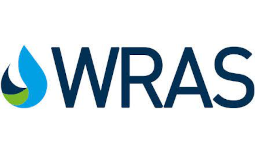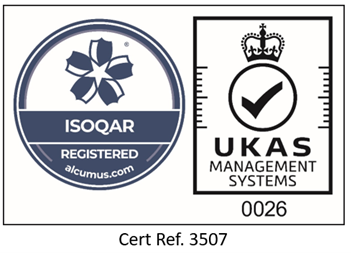Flow Switches
About our Flow Switches
Flow switches are critical safety and monitoring devices used across numerous industries to regulate and control the flow of liquids or gases through pipes, channels, and systems. These versatile switches play a vital role in ensuring proper flow rates, preventing system damage, and triggering alarms or actions in case of flow disruptions.
What Are Flow Switches?
A flow switch is a device used to monitor and detect the flow rate of a liquid or gas within a pipe, channel, or system. When the flow reaches, exceeds, or falls below a predefined threshold, the switch activates to trigger a specific action, such as starting or stopping a pump, closing a valve, or sounding an alarm.
Where Are Flow Switches Used?
Flow switches are crucial for applications where maintaining a specific flow rate is essential to ensure system efficiency and prevent damage or failures. They are commonly used in HVAC systems to regulate fluid flow in heating and cooling units, water treatment plants to maintain consistent flow in filtration systems, industrial manufacturing to control liquids and gases in automated processes, and chemical processing to safely manage the flow of hazardous substances.
Types of Flow Switches Available
At Applications Engineering, we provide a variety of flow switches tailored to meet diverse application needs:
Paddle Flow Switches: These mechanical switches use a vane or paddle that moves with fluid flow to trigger an electrical circuit. Durable and cost-effective, they are ideal for HVAC systems, cooling towers, and industrial pumps.
Magnetic Flow Switches: Using a magnetic field to detect fluid movement, these non-mechanical switches are perfect for water treatment, irrigation, and chemical processing applications. They offer reliable performance with minimal maintenance.
Electronic Flow Switches: Equipped with advanced digital sensors, these switches provide real-time, highly accurate flow monitoring. Ideal for industries like pharmaceuticals and food production, they offer adjustable settings and integration with automated systems.
Why Choose Applications Engineering?
At Applications Engineering, we are committed to delivering reliable and precise flow monitoring solutions designed to meet the highest quality standards. Our range of flow switches is engineered to comply with all relevant industry regulations, ensuring dependable performance in even the most demanding environments.
This dedication to quality and compliance enhances operational efficiency, protects equipment, and ensures safety across a wide range of applications. With a focus on durability, precision, and reliability, our flow switches are the trusted choice for professionals who require performance they can rely on. Get in touch today.
Frequently Asked Questions
- How to Install and Test a Flow Switch
-
To install a flow switch it must be positioned where fluid flow is smooth and uninterrupted. After installation, connecting the switch to the control system or alarm panel is required. Testing involves running the system to check if the switch activates at the correct flow rate, preventing potential issues like pump failure.
- What’s the Difference Between a Flow Switch and a Pressure Switch?
-
A flow switch monitors the movement of a fluid through a system, triggering actions based on flow start, stop, or rate, while a pressure switch monitors and responds to changes in fluid pressure, activating when pressure exceeds or falls below a set threshold. Flow switches are ideal for ensuring proper fluid flow, while pressure switches maintain safe pressure levels in systems.
- How does a flow switch help with water conservation?
-
A flow switch helps conserve water by shutting off equipment like pumps or valves when no water flow is detected, reducing waste and preventing overuse.
Speak to a Friendly Expert Today
If you have any questions about our products or their applications,
please give our friendly team of experts a call.
Our Accreditations






